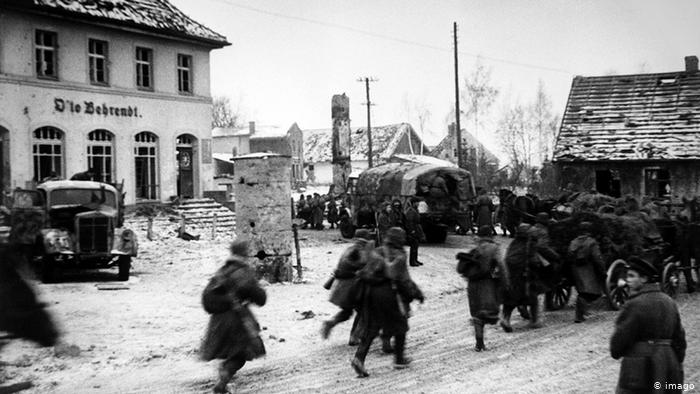If you were to search for “the most tragic shipwreck”, both you and the internet would consider the same specimen: the Titanic. While the severity of its literal downfall cannot be overlooked, nor the lives that were lost to the Pacific minimized, the Titanic certainly is not the most tragic or the most significant. Before I proceed to dethrone the Titanic and reveal the identity of the ship I believe to be more deserving of the title, allow me to examine the cause for the Titanic’s fame.
The story of the Titanic mainly derives its appeal from its irony. The fate of the ship that was once proclaimed to be ‘unsinkable’ and that was synonymous with ‘colossal’ and ‘cosmic’ proved to be the antithesis of people’s expectations. It was conquered, almost instantly, by an iceberg with covert force. It was metaphorical, symbolic, satirical. The Titanic was a symbol for man’s apotheosis and the iceberg of nature’s reprimand. In its film adaptation, it became the binding and then destructive force that worked for and then against the image of ideal lovers: Jack and Rose. It was converted from a tragedy among many to a singular theme and a cultural icon. Through the pathos of Jack and Rose’s fictitious romance and the magnitude of a cinematic portrayal, the Titanic is now universally recognized as the “most tragic shipwreck”. However, is it truly deserving of this historical position?
I shall now present my central argument; I will unveil the corpse of a ship coated in mystery and buried beneath conspiracy, the ship whose traumatic residue still lurks underwater and in the memories of its few survivors.
The ship’s name?
The Wilhelm Gustloff (1945, The Baltic Sea)
The Wilhelm Gustloff was first a German cruise ship that turned into a hospital ship, that later turned into a military transport ship. Originally meant to be named after Nazi leader, Adolf Hitler, it was later christened after Wilhelm Gustloff, leader of the Nazi’s Swiss branch.
Its death toll?
9,343 in total, 5000 children
The loss is six times as enormous as the Titanic’s 1517 deaths. It is almost incomparable. However, tragedy does not lie in numbers.
The tragedy is, instead, rooted in its final duty: a massive, chaotic evacuation known as Operation Hannibal of WW2.
This operation meant the lives of thousands of refugees and wounded soldiers fleeing from a critical war zone as the Red Army approached. With the second world war reaching its climax, civilians and war participants alike were desperate to escape. The victims were not only German; Lithuanians, Prussians, Latvians, Poles, Estonians, and Croatians were among the Nazis, some (such as the Poles) adopting false identities in order to access the ship.
It was a ship designed to luxuriously accommodate about 1900 passengers. During the evacuation, it overflowed with over 10,500 people. Even as the ship left the deck, men and women threw their infants and children towards the ship in hopes of securing their salvation. The ratio of patients to medical attendants was ridiculously out of proportion. Pregnant women and wounded soldiers were crammed into narrow wards and stacked like cargo in tight rooms. Others occupied the cruise ship’s emptied pools, making use of all the space they could afford.
Amid the fear of the Red Army’s approach, those who did not belong among the Germans and East Prussians were also in fear of being discovered. It was a form of inception: anxiety within fear within dread…
Soon enough, disaster struck: the Soviet’s Army caught up with their submarines.
The first torpedo struck its bow causing the doors of contained quarters to rip open.
The second torpedo shot towards the women’s naval auxiliary, where the pool carrying many was located. The force of the impact dismantled the tiles of the pools’ floors at extreme acceleration, resulting in instant deaths.
The third and final torpedo paralyzed the entire ship as it was directed towards the engine room.
The ship began to tilt. Only nine lifeboats could be properly lowered, the rest had to be broken off of their frozen stations on the ship. While some fortunate individuals survived through the lifeboats, others were gripped by death in the most morbid catastrophe.
Some were poured off the edge of the ship as its tilt increased.
Some were crushed and flattened out by the stampede of panicked passengers.
Some died of the cold of the waters.
Some faded before they could swim fast enough to reach a lifeboat.
Some slipped out of lifeboats as they were thrown from the ship and into the waves.
Some sacrificed their lives for their newborns, handing them over to strangers that were stronger than they were.
Still, real tragedy does not lie in such details.
The Wilhelm Gustloff and its survivors are almost forgotten. Operation Hannibal has been reduced to a simple chapter in history.
Ruta Sepetys is the author of the book “Salt to the Sea”, a historical fiction novel depicting the calamity, and has commented on the reason behind this situation with her theory: “In the aftermath of the war, Germans were hesitant to claim that they had been victims of any kind, so those who were free to discuss what had happened might have chosen not to.”
It was a humiliation that the Germans fought to avoid and to erase. They silenced its survivors and hid all remnants of this undeniable defeat.
It is in this realization that one finds the greatest desperation, the real tragedy.
While the Titanic was remembered and contemplated, the Wilhelm Gustloff was buried without proper recognition. For this central reason, I declare the sinking of the Wilhelm Gustloff to be the most tragic maritime disaster and shipwreck.
The Titanic is officially dethroned.

